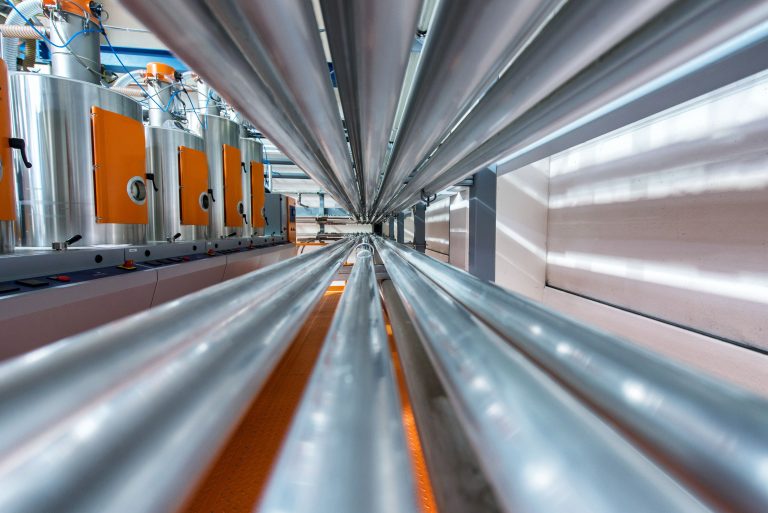The wholesale commodity prices have risen sharply in 2021. The impact on energy bills have been immense. Add into the mix the current #RussiaUkraine situation, the #energycrisis is set to continue and it’s expected that prices will not fall to previous levels.
The price cap protects most domestic suppliers, residents who live on a Heat Network are not afforded any such protection and so are exposed to the full market conditions. And because the Landlord and Tenant act prohibits contracts of more than 12+ months unless a Section 20 has been completed (and until recently there hasn’t been the need to take such action regarding energy contracts) there will be many blocks whose contracts end during 2022 and their residents will be faced with an enormous rise in energy costs.
Westminster, BEIS and OFGEM finally recognise the issue of Heat Network residents being excluded from the price cap but there is no immediate solution to subsidise residents.
To negate some of the rises caused by commodity costs, Ginger have turned our focus on each block’s efficiency levels and are determined to optimise each blocks performance.
What we find is most frustrating is that HIU’s are located inside each dwelling. This makes it difficult (hence expensive) for engineers to gain access and fix the issues.
Given it’s a well-known fact that many of the efficiency issues can be resolved HIU side, my question is, why do M & E leave the HUI’s inside the dwellings, rather in communal corridors where they can be easily accessed and less likely to be poked and prodded by the residents?
I’m not aware of any part of regulation that stipulates where the HIU must be located. Am I missing something? Answers on a post card please?




